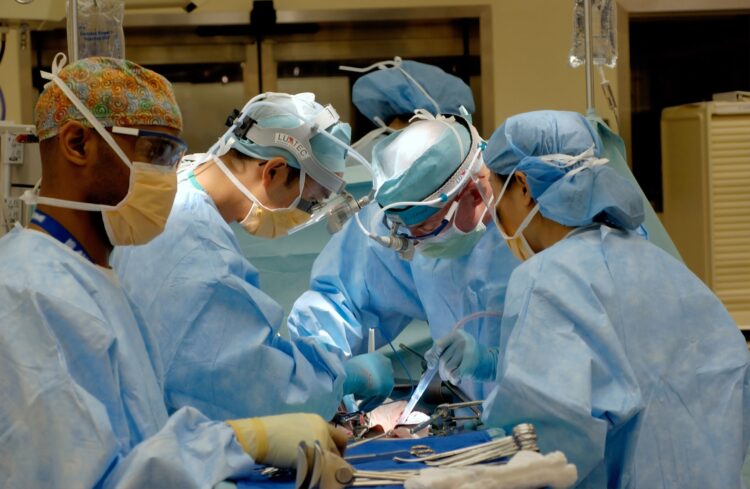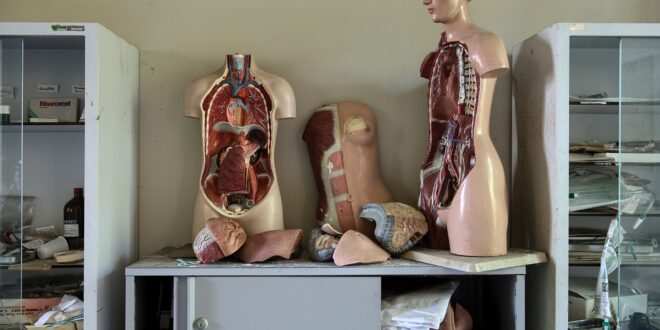Liver transplants have now become a standard solution for patients with end-stage liver diseases. Liver transplantation is when a patient with a failing liver gets a liver from a deceased donor or a portion of the liver from a living donor.
Liver transplants, also known as hepatic transplants, help save the lives of patients with liver failure. This article explores the process of liver transplants, types of donors, and liver diseases.
The Liver
The liver is a crucial body organ, and a person cannot survive without it. It is the organ responsible for detoxifying the body, synthesis of protein, and production of enzymes critical to the digestion of food. It also regulates the storage of glucose and the production of bile.
Liver Conditions
Liver transplants are surgical procedures where a patient has the failing liver removed and replaced with a full or partial one. Liver transplants are the permanent solution to the treatment of liver diseases. Patients may suffer from liver failure to the following conditions;
Acute Liver failure
Acute liver failure is the sudden loss of the liver function in a person with no pre-existing liver ailment. The loss of liver function happens fast, usually in a matter of days or weeks. It leads to grave issues such as excessive bleeding.
While at times, the condition is reversible with the appropriate treatment like allogeneic stem cell transplantation; in most cases, a liver transplant is a solution. The liver company Promethera Biosciences is developing cutting edge cell therapies and treatment protocols for liver diseases.
Chronic Liver Failure
Chronic liver failure progresses slowly over time (chronic) and is more common that Acute Liver Failures. Chronic liver failure involves progressive destruction of the liver leading to nash, liver ACL, and fibrosis. Liver cirrhosis occurs when scar tissues replace healthy liver cells; hence, the liver’s function is impaired. The scar tissues forming prohibit the normal flow of blood through the liver.
In severe cases, the liver stops functioning completely hence the liver failure. In these cases, a liver transplant is the only option to save a patient’s life, restoring liver health.
Symptoms of liver failure

Liver failure symptoms will include loss of appetite, fatigue, diarrhea, nausea, swollen belly, and jaundice.
The Liver Transplant
It will involve the replacement of the damaged liver with another liver from an organ donor. The surgeon will make an incision, dissect the liver attachments and isolate the crucial parts like the hepatic artery and the inferior vena cava. The surgeon then removes the damaged liver and replaces it with the donated one. Blood flow is restored by connecting the arteries and veins to the donor’s liver. The surgeon then closes the incision.
Promethera biosciences are, however, developing treatments for liver diseases aiming to reduce the need to carry out liver transplants. Advanced stem cell therapies of the liver help patients who need to have transplants recover.
There are two types of transplants;
1. A transplant from a living donor
2. A transplant from an expired donor
1. A transplant from a living donor
In case you’re getting a liver transfer from a living benefactor, planning of the medical procedure is done in advance. Specialists initially work on the donor, extracting the bit of the liver for transplant. At that point, specialists eliminate your infected liver and replace it with the given liver in your body. They, at that point, associate your veins and bile channels to the new liver.
The relocated liver part in your body and the bit abandoned in the giver’s body recover quickly, arriving at typical volume inside half a month.
2. A transplant from an expired donor

In case you’re told that a liver from an expired contributor is accessible, you are approached to go to the emergency clinic right away. Your health center will admit you to the clinic, and you’ll go through a test to ensure you’re sound enough for the medical procedure. The liver transfer medical procedure goes on utilizing general sedation, so you’ll be under during the operation.
The transfer specialist makes an extended cut over your mid-region to get to your liver. Your cut’s area and size differ as indicated by your specialist’s methodology and your physiology.
The specialist eliminates the sick liver and spots the benefactor liver in your body. At that point, the specialist associates your veins and bile conduits to the given liver. Medical procedure can take as long as 12 hours, contingent upon your circumstance.
Afterward, the specialist utilizes staples to close the entry point. You’re at that point, taken to the emergency unit to start recuperating.
Side effects of Anti-rejection liver medication
After a liver transfer, you’ll take drugs for the remainder of your life to help keep your body from dismissing the given liver.
These medications can cause an assortment of adverse effects, including:
• Bone diminishing
• Diabetes
• Diarrhea
• Headaches
• High pulse rate
• High cholesterol
Since these drugs work by stifling the immunity, they likewise increment your danger of getting diseases. Your primary care physician may give you prescriptions to assist you with battling diseases.
Tips for choosing a liver transfer center

On the off chance that your primary care physician suggests a liver transfer, a referral to a transplant center happens. You’re likewise allowed to choose a transfer place individually or choose from your insurance list of medical providers.
At the point when you’re thinking about transfer centers, you may need to:
- Learn about the number and sort of transfers the center carries out every year.
- Ask about the transfer institution’s liver transfer endurance rates.
- Understand the costs that will be incurred before, during, and after your liver transplant. Costs will incorporate tests, organ obtainment, medical procedures, emergency clinic stays, and transportation to and from the health institution and follow-up arrangements.
- Assess the center’s duty to stay aware of the most recent transplant innovations and methods, demonstrating that the program is developing.
After you’ve chosen a transfer place, you’ll need an assessment to decide if you meet the middle’s qualification prerequisites. Each referral center has its qualification standards.
Conclusion
As with other surgical operations, complications may arise in surgery, such as excessive bleeding or hitches specific to the donor liver such as hepatic artery thrombosis and biliary complications. After the transplant operation, patients have to take immunosuppressant drugs for the rest of their lives. The immunosuppressants help prevent the body from rejecting the liver.
To reduce the need for liver transplantation, one can avoid excessive alcohol intake, maintain a healthy BMI, eat balanced diets, and get hepatitis vaccines.
 Hi Boox Popular Magazine 2024
Hi Boox Popular Magazine 2024



